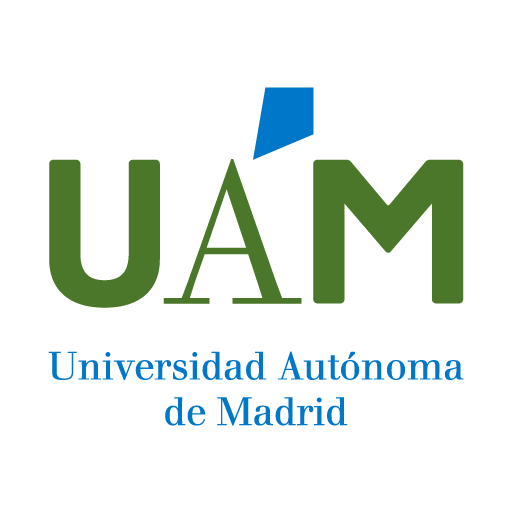
Indexado en
Licencia y uso

Grant support
This research was funded by the University of La Rioja. PI Improvent Plan.
Análisis de autorías institucional
Quintana-Diaz, MAutor (correspondencia)Epidemiology and Associated Factors in Transfusion Management in Intensive Care Unit
Publicado en:Journal of Clinical Medicine. 11 (12): 3532- - 2022-06-01 11(12), DOI: 10.3390/jcm11123532
Autores: Juarez-Vela, Raul; Andres-Esteban, Eva Maria; Santolalla-Arnedo, Ivan; Ruiz de Vinaspre-Hernandez, Regina; Benito-Puncel, Carmen; Serrano-Lazaro, Ainhoa; Marcos-Neira, Pilar; Lopez-Fernandez, Alba; Tejada-Garrido, Clara Isabel; Sanchez-Gonzalez, Juan Luis; Quintana-Diaz, Manuel; Garcia-Erce, Jose Antonio
Afiliaciones
Resumen
Severe traumatic injury is one of the main global health issues which annually causes more than 5.8 million worldwide deaths. Uncontrolled haemorrhage is the main avoidable cause of death among severely injured individuals. Management of trauma patients is the greatest challenge in trauma emergency care, and its proper diagnosis and early management of bleeding trauma patients, including blood transfusion, are critical for patient outcomes. Aim: We aimed to describe the epidemiology of transfusion practices in severe trauma patients admitted into Spanish Intensive Care Units. Material and Methods: We performed a multicenter cross-sectional study in 111 Intensive Care Units across Spain. Adult patients with moderate or severe trauma were eligible. Distribution of frequencies was used for qualitative variables and the mean, with its 95% CI, for quantitative variables. Transfusion programmes, the number of transfusions performed, and the blood component transfused were recorded. Demographic variables, mortality rate, hospital stay, SOFA-score and haemoglobin levels were also gathered. Results: We obtained results from 109 patients. The most transfused blood component was packet red blood cells with 93.8% of total transfusions versus 43.8% of platelets and 37.5% of fresh plasma. The main criteria for transfusion were analytical criteria (43.75%), and acute anaemia with shock (18.75%) and without haemodynamic impact (18.75%). Conclusion: Clinical practice shows a ratio of red blood cells, platelets, and Fresh Frozen Plasma (FFP) of 2:1:1. It is necessary to implement Massive Transfusion Protocols as they appear to improve outcomes. Our study suggests that transfusion of RBC, platelets and FFP in a 2:1:1 ratio could be beneficial for trauma patients.
Palabras clave
Indicios de calidad
Impacto bibliométrico. Análisis de la aportación y canal de difusión
El trabajo ha sido publicado en la revista Journal of Clinical Medicine debido a la progresión y el buen impacto que ha alcanzado en los últimos años, según la agencia Scopus (SJR), se ha convertido en una referencia en su campo. En el año de publicación del trabajo, 2022, se encontraba en la posición , consiguiendo con ello situarse como revista Q1 (Primer Cuartil), en la categoría Medicine (Miscellaneous).
Desde una perspectiva relativa, y atendiendo al indicador del impacto normalizado calculado a partir del Field Citation Ratio (FCR) de la fuente Dimensions, arroja un valor de: 1.6, lo que indica que, de manera comparada con trabajos en la misma disciplina y en el mismo año de publicación, lo ubica como trabajo citado por encima de la media. (fuente consultada: Dimensions May 2025)
De manera concreta y atendiendo a las diferentes agencias de indexación, el trabajo ha acumulado, hasta la fecha 2025-05-21, el siguiente número de citas:
- Scopus: 3
- OpenCitations: 2
Impacto y visibilidad social
Análisis de liderazgo de los autores institucionales
Existe un liderazgo significativo ya que algunos de los autores pertenecientes a la institución aparecen como primer o último firmante, se puede apreciar en el detalle: Primer Autor (Juarez-Vela, R) .
el autor responsable de establecer las labores de correspondencia ha sido QUINTANA DIAZ, MANUEL.


